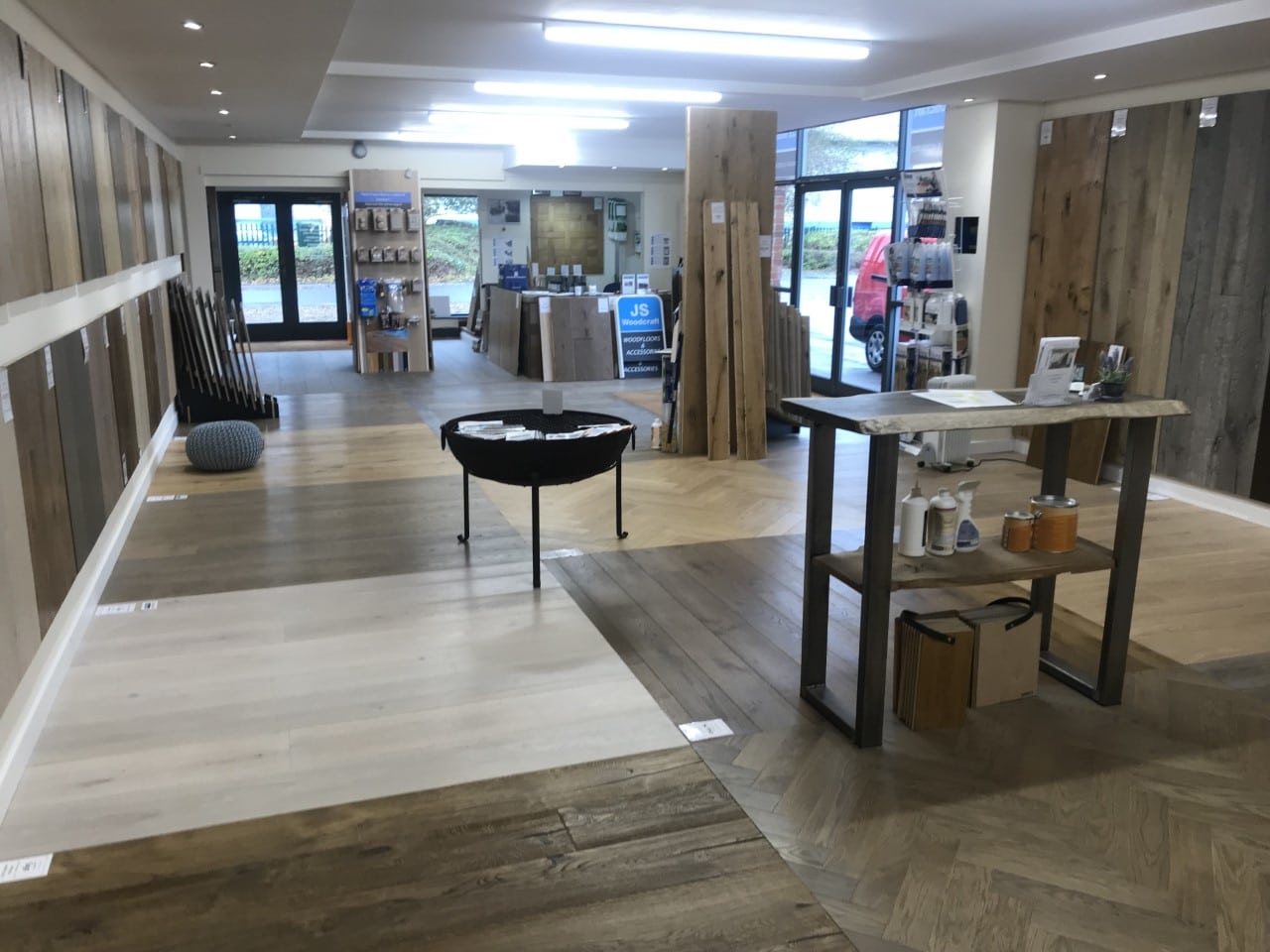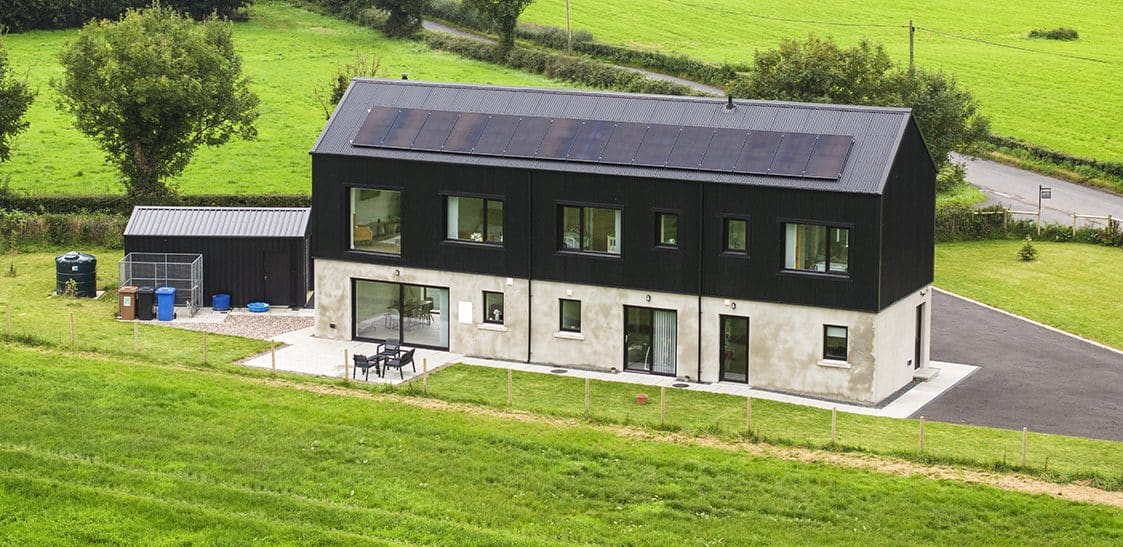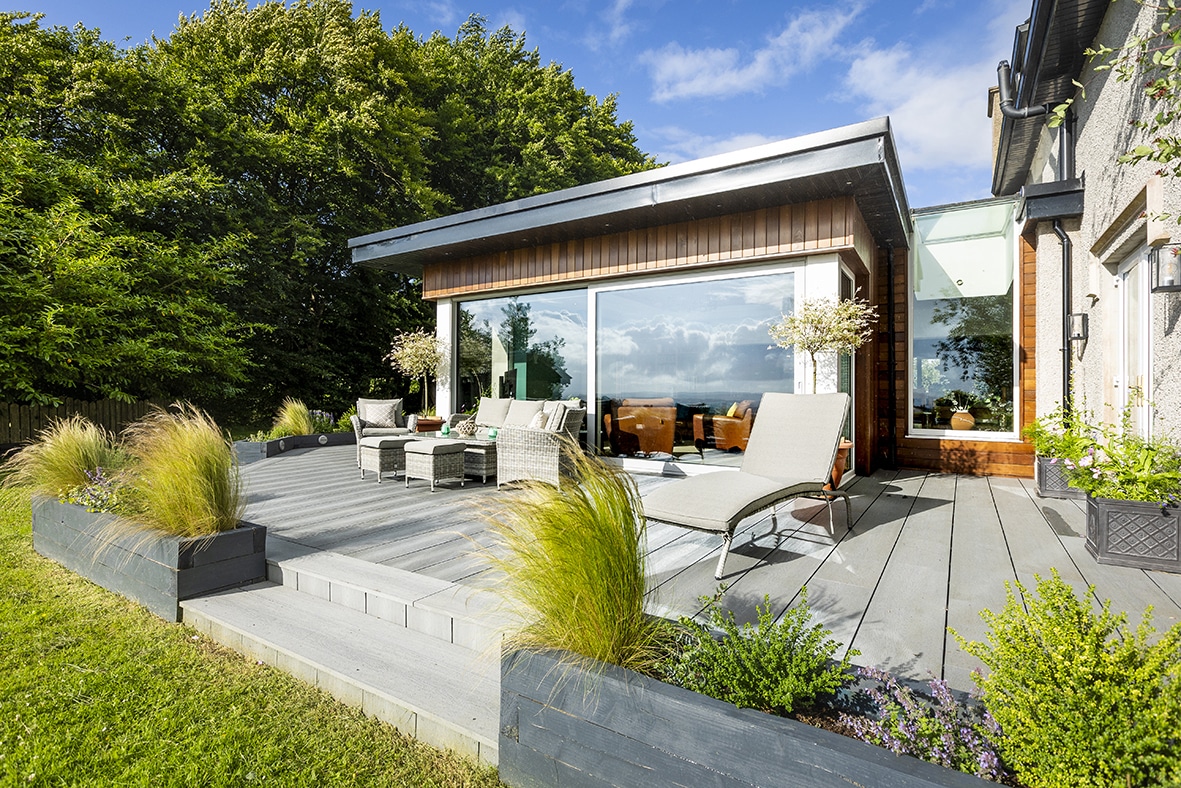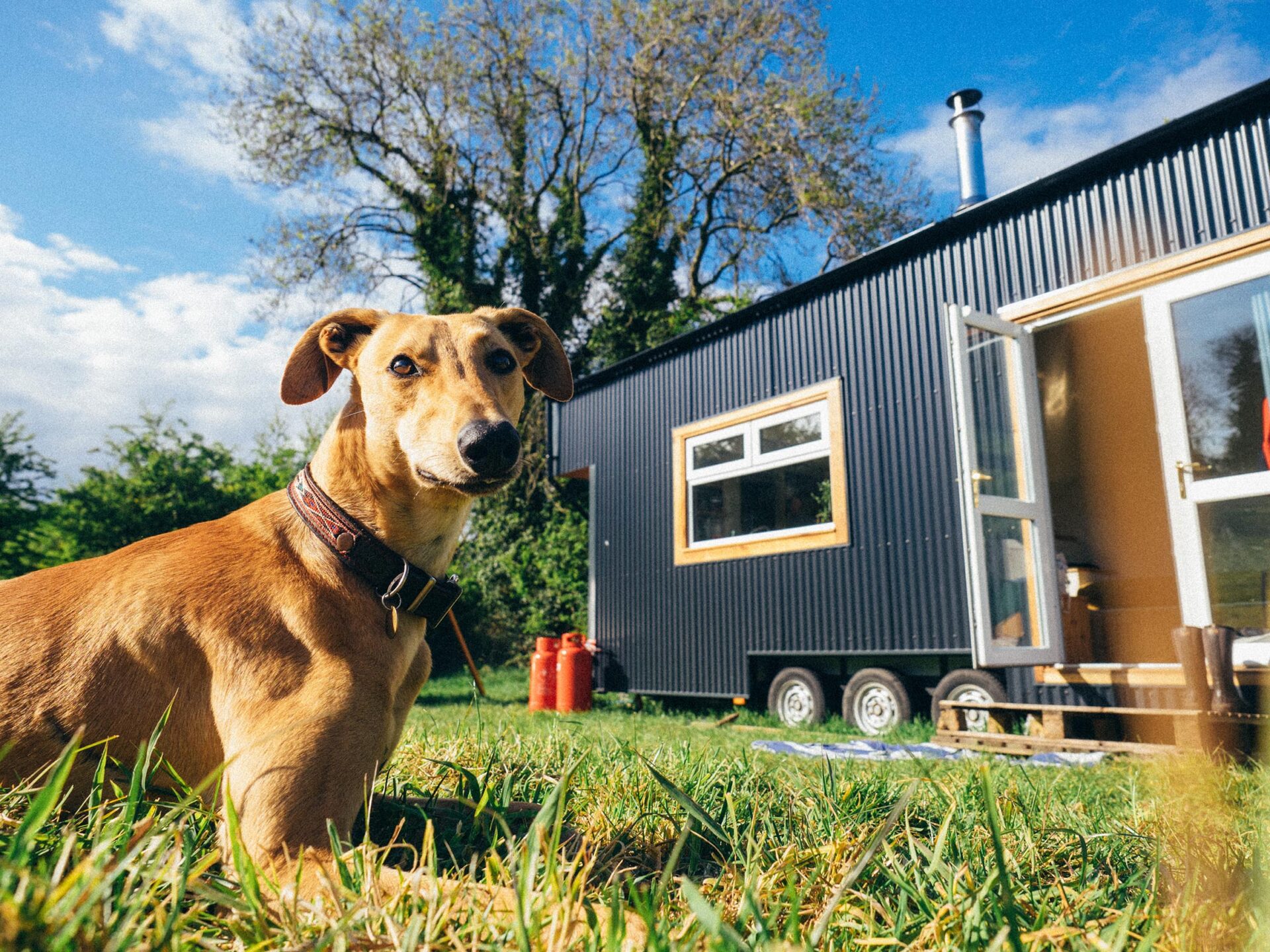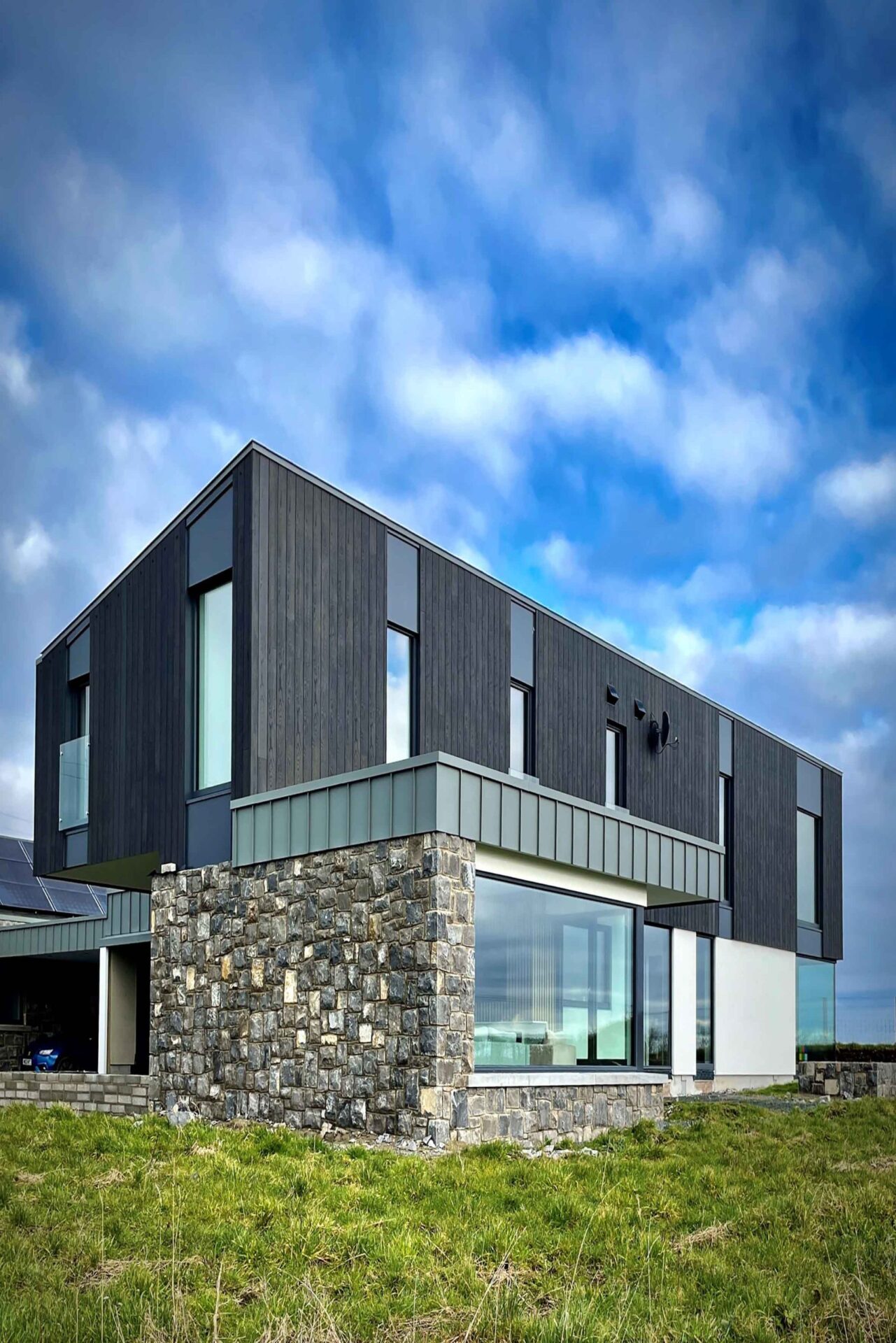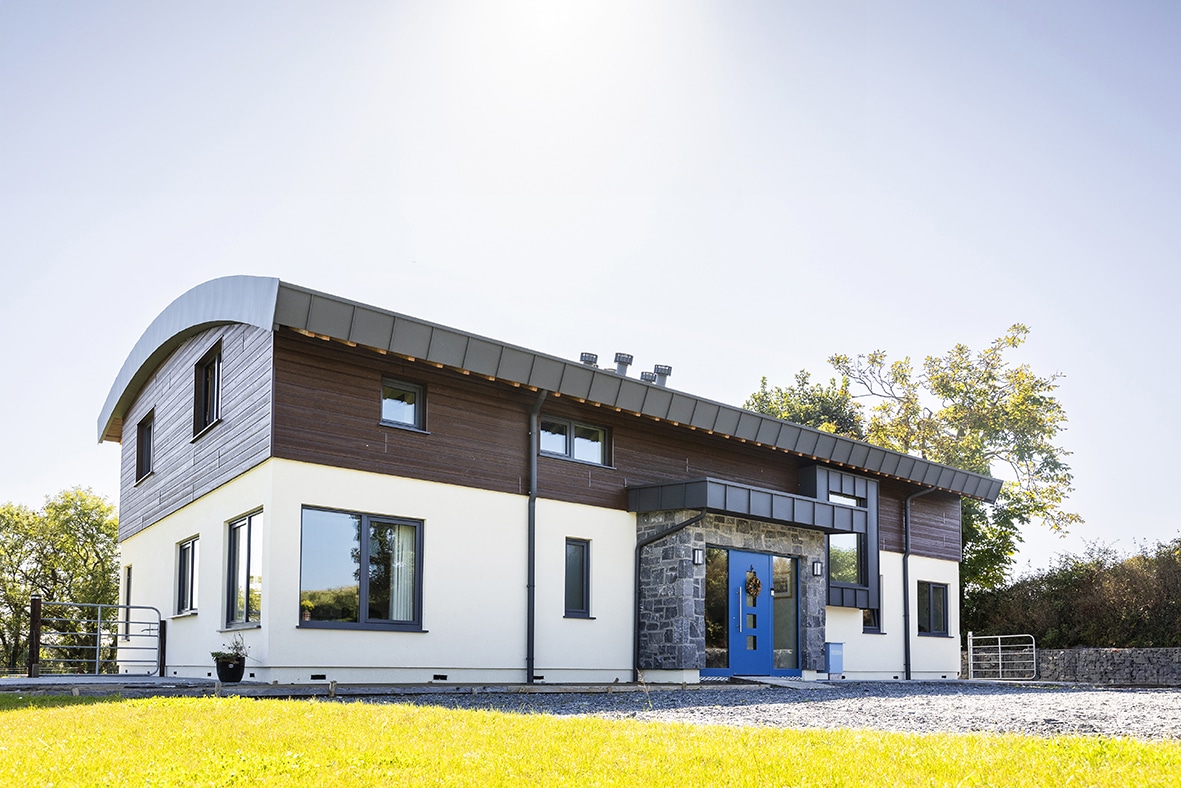Quality. standards and certification schemes
There are four types of pile for synthetic and blended carpets:
- Twist: yarn is twisted making it more resilient to footmarks
- Shag: a long tuft, loosely woven
- Velvet: closely constructed, short pile and a smooth finish
- Saxony: shorter than shag, tufts are closer together.
Coir, sea grass, sisal and jute, are spun into a yarn, which is then woven in one of three ways:
- Boucle: heaviest and most hard wearing, ribbed appearance
- Panama: traditional style
- Herringbone: zigzag
Natural wool carpets are made using a traditional flat weave, unlike the mass produced alternatives. The yarn can be mixed with sisal, linen or jute to add additional texture.
Fabrics containing plastic, e.g. latex backing on the carpet or the nylon polypropylene and polyester fibres in the synthetic carpets, are likely to emit VOCs. Carpets are often classified by the manufacturers themselves, according to use, e.g. from use in low traffic areas such as bedrooms to high traffic areas such as stairs. There’s a European carpet label called PRODIS which embraces all of these EU standards and clearly lists them on the product. It’s an independently certified scheme whose classification is presented in an easy to read format, from how hard wearing it is to whether or not it’s suitable to use with underfloor heating; through the ‘GUT’ license it not only tells you what level of VOCs, if any, are emitted by the fabrics, but also how well the carpet can withstand smells! Licenses can be checked online.
Practicalities
Noiseless underfoot, carpets and rugs act as an an excellent sound barrier, creating calm and reducing stress, although good quality carpets are expensive and all kinds of carpets and rugs can gather dust as well as harbour allergens. Attracting dust can be viewed as a good thing – instead of floating around in the air it gets trapped in the carpet – the key is to vacuum very regularly to avoid triggering allergic reactions or sneezing fits! They are also non-slip once laid; in the case of rugs an anti-slip underlay should be used on wood or other smooth floors to avoid it being moved around by traffic. Although rugs are more expensive than carpets, they can easily be replaced or relocated and may be easier to dust if they can be taken outside for a beating!
In the case of carpets, an underlay will be installed to help smooth out any unevenness in the floor and give a cushioning effect. It may also help reduce wear. These are most commonly backed with rubber (can be recycled) or made of felt (can be made from recycled materials too). Polyurethane (PU) foam underlays, meanwhile, have gained in popularity in recent years because they’re easy to lay, warm and resilient, as well as inexpensive. Synthetic fibre carpets are easy to clean, durable and fire resistant, but they may emit VOCs.
Carpets and rugs are not particularly good for kitchens, bathrooms and, depending on the quality, areas of heavy traffic. This is because they absorb moisture and may fade in direct sunlight or be worn down by repeated footfall. Again, they really do need to be vacuumed and cleaned frequently, and you should try getting rid of stains as soon as they appear.
Cost
As a rule of thumb, non-woven carpets are cheaper than the tufted and woven kind. Most companies will make you an offer that includes fitting and for an 80% wool blend you will need to budget for at least €30 per m2, with underlay. Wool carpets will require specialist fitting (the cost of which is minimal as compared to the cost of the carpet itself) with 100% wool carpets costing from €40/£20 per m2. Coir, meanwhile, can cost as little as £12 per m2 excluding VAT. Rugs will be more expensive, with starting prices for natural fibres at about £100 or if you’re lucky €50 for smaller sized rugs, but prices can go as high as £800 to €600 to cover a more considerable space. Polyolefin rugs cost £150 to £300 excluding VAT and are imported from the UK.
Vinyl/PVC, linoleum and rubber flooring
Types
Vinyl is available in either sheet or tile form in a wide variety of colours and shapes, and with a cushioned effect if you wish a softer footfall and a warm feel. Consists of a top or wear layer, central core, typically vinyl, and a base, often of felt. It is often finished with a urethane coating to make it more resistant; it can be made to look like wood and is most commonly found in bathrooms or other ‘wet’ rooms. Linoleum is often confused with vinyl because they can look quite similar and are comparable in price. It enjoyed a resurgence in popularity because of its more environmentally-friendly credentials – it is made from renewable sources, including linseed oil, hence the name. Pine resin and inorganic fillers are the other components. It too can emit VOCs, but the natural elements mean that it’s lower than for vinyl. Available in either rolls or large sheets, you can also find it fitted onto a wood backing so that it can be easily laid, in the same manner as engineering wood flooring.
Rubber flooring is not very common but it’s warm underfoot and easy to clean, which makes it particularly well suited to kitchens. Comes in tile form or sheets, made from up to 100% post-consumer recycled content (tyres and other rubber products) which would be thrown to landfill if not recycled. Water and slip resistant as well as low maintenance. As with vinyl, recycled rubber releases VOCs. Natural rubber flooring, meanwhile, can last up to 30 years, is biodegradable, renewable, durable, has good sound absorption, is UV resistant, hygienic and does not create static. Most common are blends of natural and synthetic rubbers, which are likely to be imported.

